 The Bloomsbury Set
The Bloomsbury Set
Rebel, rebel - Bloomsbury style
Not only is Bloomsbury a fantastic place to live and visit but it has a fascinating past and is an area that has been home to some equally interesting people. One such group of people is the Bloomsbury group (or set) - a fantastically gifted bunch of bohemians, intellectuals, artists, writers and philosophers that met socially to exchange ideas and theses on any range of contemporary subjects. Whilst many of the group were famous in their own right others were famous for their forthright views and rebellious natures - put simply they were often famous for being famous. They were very open minded about numerous 'taboo' subjects including sexual matters and alternative lifestyles that were expounded with confidence as only a socially advantaged person of the times could do.
Essentially they were a group of friends that met in local haunts like the Fitzroy Tavern and the Bloomsbury club for some lively debate or each others houses for 'liasons' and sparkling conversation. Although the members of the Bloomsbury Set were brilliant and liberated, they were apparently not all happy. One central figure, the super talented Virginia Woolf, who, after her home was bombed in 1941, wrote a note to her husband, Leonard, saying "we can't go through another of those terrible times", filled the pockets of her coat with stones, and walked into a river to drown herself.
The membership list of this illustrious club reads like a 'who's who' from the mid- to late- 20th century and included:
Virginia Woolf (1882-1941) was one of the greatest novelists of the 20th century. Her reputation took a downturn after her suicide in 1941, but was revived with the rise of the women's liberation movement in the 1970s.
Clive Bell (1881-1964) was an art critic, and an early champion of modern art, he married Virginia Woolf's older sister, Vanessa.
Julian Bell (1908-1937) - the Woolf's nephew. As a Cambridge student, he was reputed to be the lover of the spy Anthony Blunt. He went to China, and then Spain, where he drove an ambulance for the Republicans, and was killed at the Battle of Brunete.
Dora Carrington (1893-1932)was a talented painter and artist whose hopeless love for Lytton Strachey was dramatised in the 1995 film Carrington. She is taken more seriously as an artist now than in her lifetime.
Rosamond Lehmann (1901-1990) - a successful novelist, several of whose works are explicitly autobiographical, and deal with issues such as adultery, lesbian love, marriage break-up and back-street abortion.
Frances Partridge (1990-2004) was the longest living of all the Bloomsbury Set and whose fame now rests on diaries she began keeping around the time that she married Carrington's former husband, Ralph Partridge, in 1933.
Lytton Strachey (1880-1932) was a writer whose 1918 book, Eminent Victorians, four short biographies of Victorian heroes, changed a generation's perception of the previous century. The economist John Maynard Keynes was one of his lovers.
Wogan Philipps (1902-1993) was Lehmann's husband. His father, Lord Milford, disowned him when he joined the Communist Party. But in 1963, he became the only communist ever to sit in the House of Lords.
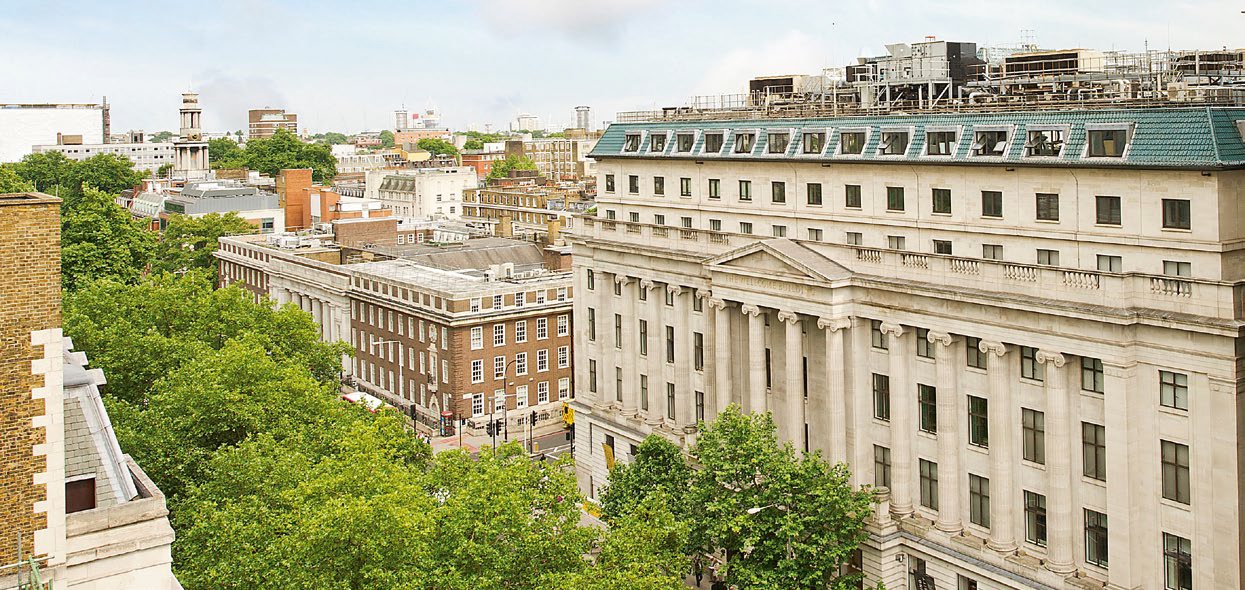
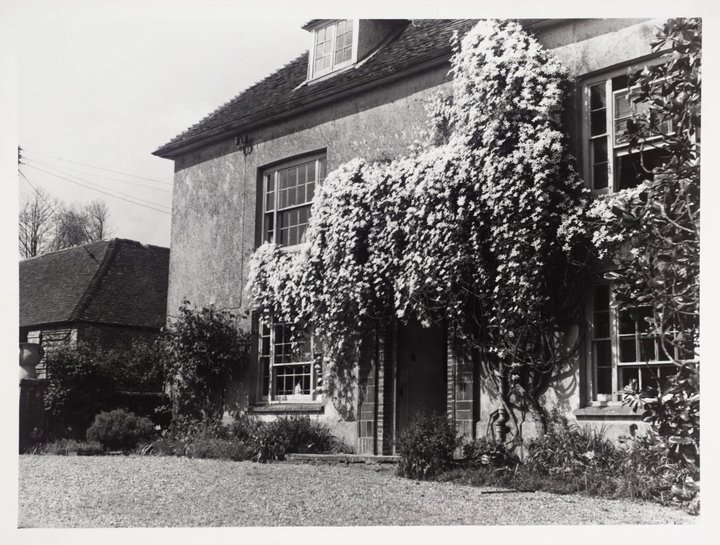
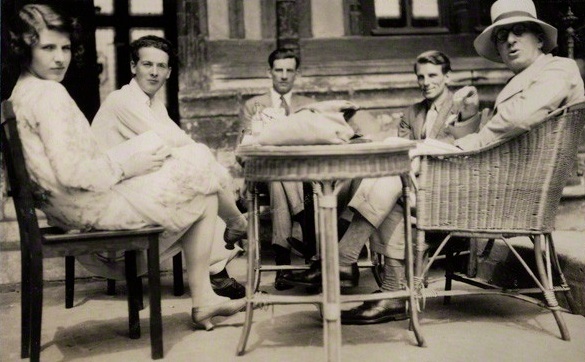
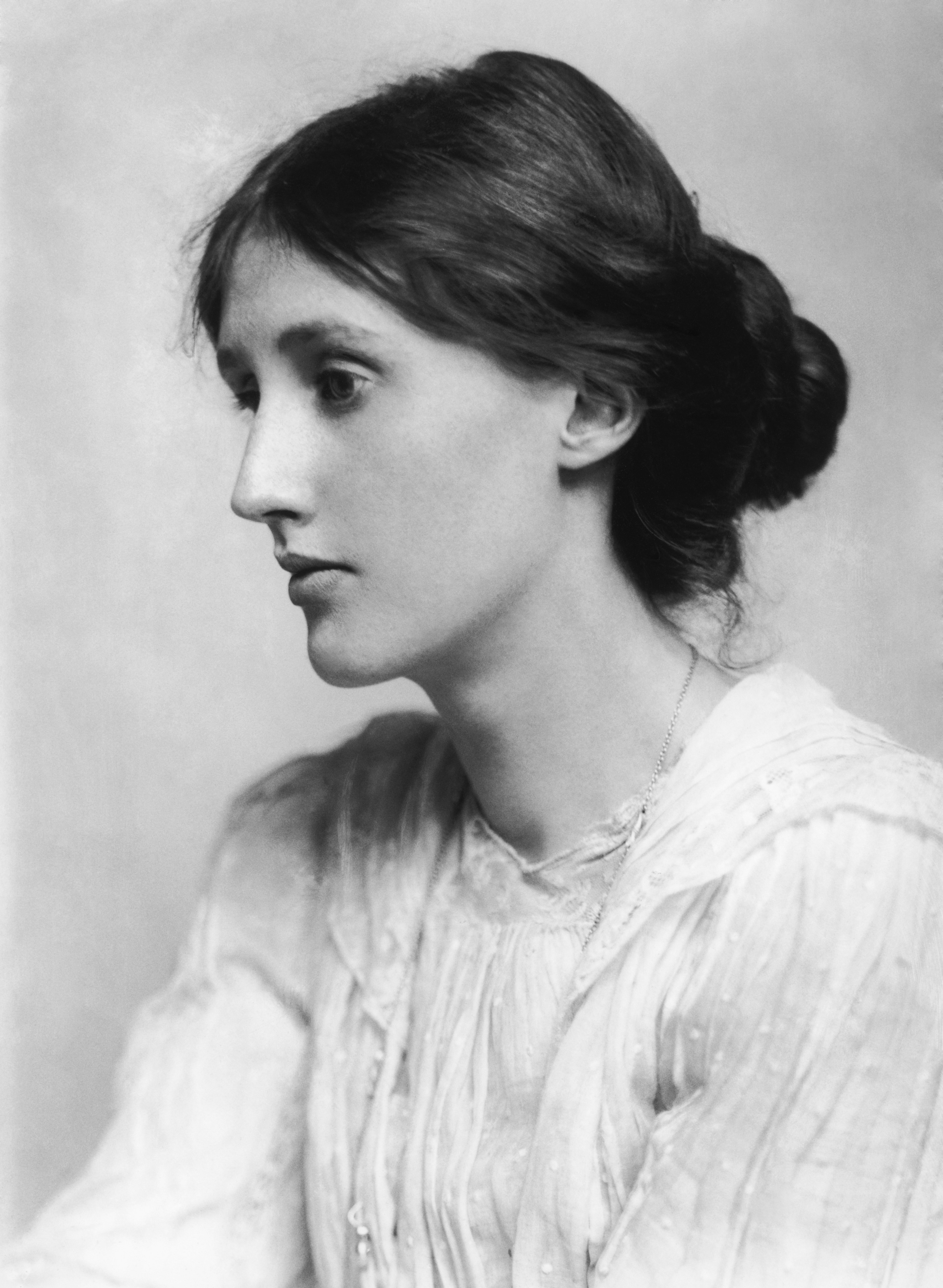
.jpg)
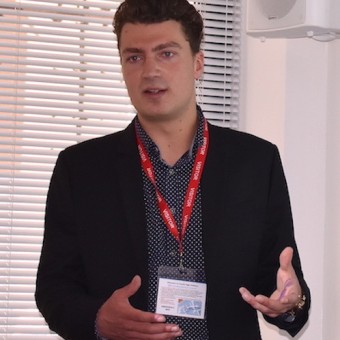
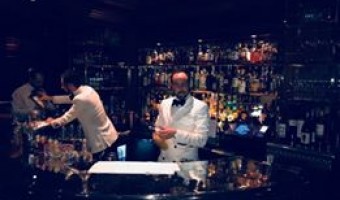
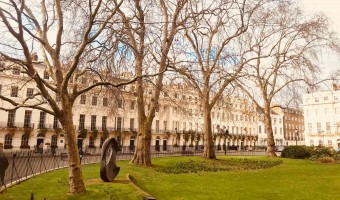
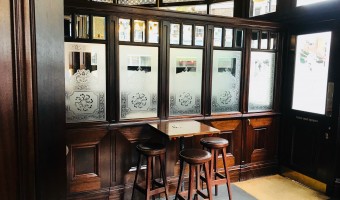
 Load more triptoids
Load more triptoids